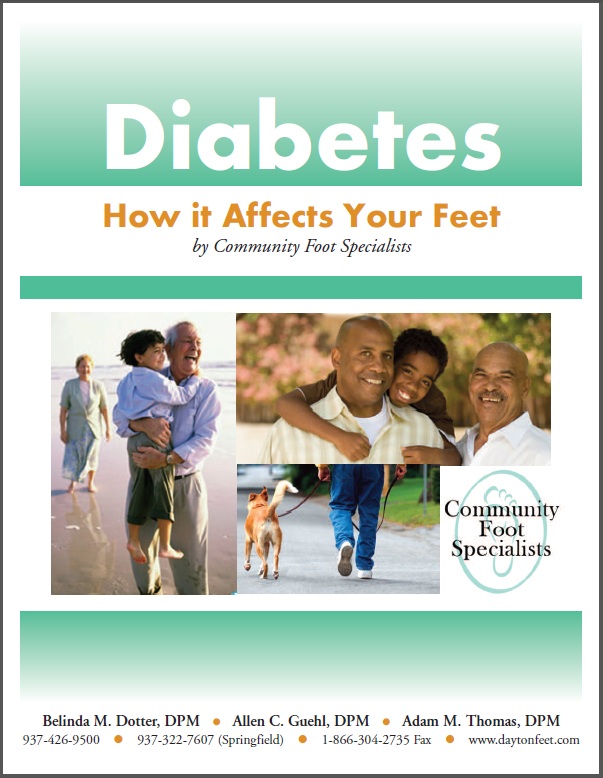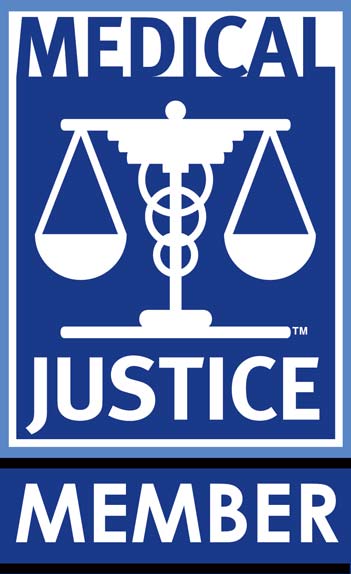Ganglion Cysts
A cyst is a fluid filled sac that occurs either at the joints of the feet and ankles or from a sheath of a tendon. They can occur anywhere in the body, but are most commonly found in the hands and feet. Cysts themselves are typically harmless and painless. They can incur pain if they grow large enough to apply pressure to adjoining structures or be compressed in shoes. Cysts maybe soft or a little bit firm, and when you press on it, you should be able to feel the mushy fluid. Cysts occur due to a weakness in the covering of a joint space or a tendon. The weakness can be caused by a repetitive trauma of a tendon over a bony prominence or the pressure from a shoe on a tendon or joint space. This daily trauma leads to a swelling with fluid into a confined space causing the lump to form. Cysts most commonly appear in women between the ages of 20 and 40, but it is not uncommon to see them in any demographic of people. They most commonly form on the top of the foot where the top of the shoe rubs your feet.
Treatments of Ganglion Cysts:
Diagnosis is typically made with a diagnostic ultrasound revealing a fluid filled sac on top of the tendon. Once more serious conditions have been ruled out, treatment of cysts is typically conservative. Ganglion cysts used to be referred to as "bible bumps" because people use to pop the fluid filled sac by dropping a book on top of the foot. This treatment is no longer recommended. If the cyst is not causing any pain and is not too unsightly, no treatment maybe required at all. Cysts can sometimes resolve on their own with no intervention. Unfortunately, they commonly reoccur, even with other treatments. Depending on the texture of the fluid within the cyst, they can be drained with a syringe within the office setting. The fluid is typically clear and slightly viscous. This is a relatively painless procedure, but the cyst may still grow back requiring additional drainage attempts. Cysts can be surgically removed in an outpatient surgery procedure.



















